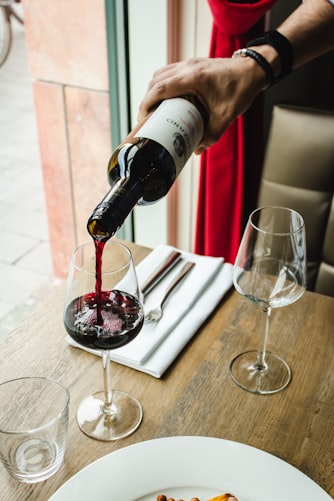Garnacha is a dark grape variety used to provide a natural product ahead of a medium-bodied and fit red wine. Overall, the most developed (currently France has the most land for Grenache wine with over 230,000), but the actual grapes probably originate from Spain.
Garnacha is an excellent assortment of grapes, as it is an advanced, medium-bodied natural product based on tasty and delicate tannins. This considers that wine goes hand in hand with the endless arrangement of food.
Like the Spanish cousin Tempranillo, Garnacha wines are less consistent than Australian Shiraz, for example. It regularly maintains a dark cherry and garnet red hue in the glass while the buttons have strawberry and plum flavours.
Many consumers of Garnacha and Garnacha wines around the world appreciate the grapes that are young and yet drinkable. The energetic Grenache wine adds to the Grenache wine’s drinking ability by offering a load of organic product and an approach to a warm personality. In any case, it is worth noting that many Old-World winemakers are looking for an amount that will make this wine more exquisite if it is somehow aged. When trying to find a harmony between the young flavour credits, some winegrowers point out that you will find the most minds in this assortment within the aged Grenache wine and Grenache wine.
More information about Grenache wine grapes
Garnacha grapes ripen extremely late in the winemaking season. This requires longer seasons, along with hot and dry growing conditions. The sugar content harvested within grapes at the time of harvest is usually exceptionally high because it takes a long time to ripen. Most Garnacha and Garnacha red wine blends are generally dry, so the alcohol content is generally high.
The Garnacha grapes’ skins are moderately light, so they are blended into uncontaminated Garnacha wines and create a delicate tannic structure. It is not an overly organized or substantial wine; it is regularly mixed with Australian Shiraz varieties to enhance the substances of the spine and tannins. These mixes are known as GSM.
Further maturation takes place regularly, and in colder conditions, it should be possible to expand the new flavour of the wine and concentrate most of the phenols (nuances) in the Grenache wine’s skin. Oak is part of the time used to support the tone and flavour profile.
Outstanding Garnacha growing area (Garnacha)
Today, Grenache wine has developed innumerably throughout the French Rhone region and from central Spain to the northeast (western Catalonia). Fills nicely in dry, hot, and heavily depleted soils.
In Spain’s Priority, Garnatxa plants thrive on a slate and log soils, struggling to nourish themselves. Ultimately, these plants produce rich and complex wines with high alcohol content. Even now, more than 17%!
Rhône and Catalonia provide excellent production of heat-resistant rock, limestone, and shale soils. This not only improves the capacity of the Grenache wine but also further enhances the flavour profile.
The New World wine development regions along the Hill Country of Southern California and central Texas have also had a strong record of supplying Grenache wine. Soil and environmental cosmetics in the area are the same as in southern France and central Spain.
